In the old days, horse-drawn carriages were a means of transport for passengers and goods. In my hometown, horse-drawn carriages ran on the Thanh - Nha Trang road and vice versa. Horse-drawn carriages ran from Thanh to the western communes; from Nha Trang city center down to Cua Be or out to Ru Ri pass... and other roads in the districts...
When I was a child, every night at 2-3 am I was awakened by noises in front of the house. The sound of horses stamping on the road, the animal's wheezing... The horse-drawn carriage was parked in front of the house to pick up people carrying baskets and baskets containing agricultural products from the villages on the other side of the Cai River to transport them to Dam market in Nha Trang... At Dam market at that time, there was also a place reserved for the horse-drawn carriage station. These horse-drawn carriages carried people who went to the market early in the morning back to their starting point, after they finished selling, they went around the market to buy food and supplies to bring home.
 |
I went to school from home to the city, besides the lam bus, sometimes I got to sit on a horse-drawn carriage. The road was 6 - 7km long, the horse had to run 20 - 30 minutes to get there. A friend said that sometimes I rode a horse-drawn carriage, meaning I didn't have to pay anything, I waited until the carriage started moving and then ran after it and jumped on the pedals behind it. The sound of the carriage clattering on the road was really pleasant to the ears. The strong horses with long manes and tails fluttering in the opposite direction of the carriage were really beautiful...
I know that the rich people in the past in the village also bought themselves a horse to ride and go here and there.
Sometimes, a horse-drawn carriage was hired by a theater troupe that came to perform in my hometown to run through the village to advertise the play, the sound of a drum placed on the carriage resounded loudly, next to it was an actor in costume wearing shoes and a hat, sometimes dressed as a clown with a long, bright red nose. There was also a group of children running behind, screaming loudly, hoping to pick up the program that was scattered on the carriage...
Before 1945, the horse-drawn carriage wheels were made of wood, which had to be rosewood or rosewood to be strong and durable. Around the wheels, people covered them with a thick, solid rubber layer to avoid friction and wear on the wooden wheels. Later, the horse-drawn carriage wheels were replaced with lighter air-driven wheels, so the carriage's shape became lower.
Mrs. Gabrielle-Maud Candler Vassal, an Englishwoman, had a French husband - a military medical officer appointed to work at the Pasteur Institute in Nha Trang. She followed her husband to take up her post. In her memoir "Three Years in Annam", she recounted the period when the Pasteur Institute in Nha Trang was first established. Accordingly, she arrived in Nha Trang in 1904, and there was a carriage carrying her luggage and taking her to her residence. She wrote: "Two carriages called "Hoa Ky" or baby carriages (she referred to the horse-drawn carriage) were waiting for us at the beginning of the road. This was a very convenient vehicle on the small roads in this country, which were no more than rutted paths full of potholes. The carriage's body was suspended on spiral springs: Instead of bending or throwing people out when they ran over rocks or stumbled into holes, the carriage just swung back and forth like a scale. The carriage was so light that a few small horses could pull it through sand or mud easily...". That was what a horse-drawn carriage was like at that time. She also took a picture of a horse-drawn carriage carrying something wading in the water.
When bicycles, motorbikes, and cars were more common, horse-drawn carriages also decreased significantly, but they were still used in rural areas because the roads in the villages at that time were not paved with asphalt or concrete like they are now. In the rainy season, the roads were full of mud, and only horse-drawn carriages could pass.
Then, with the development of the times and means of transportation, horse-drawn carriages gradually disappeared. Now, people transport goods and agricultural products by motorbikes, specialized vehicles... Horse-drawn carriages are only in memory...
Fortunately, there are still people who preserve these photos, so that the young generation now and in the future can see "a time of horse-drawn carriages" in their homeland.
NGO VAN BAN
Source








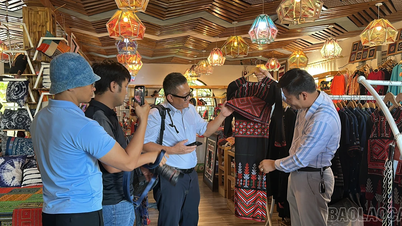



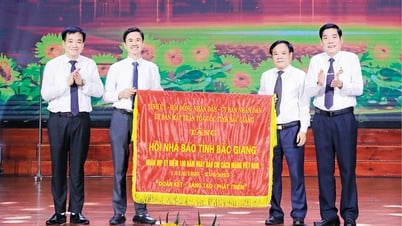

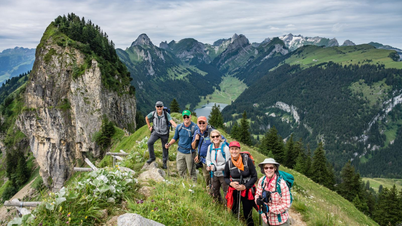


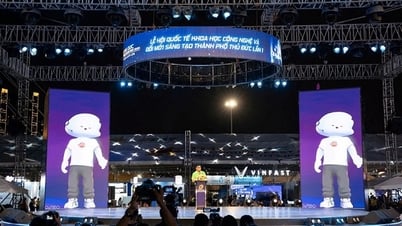



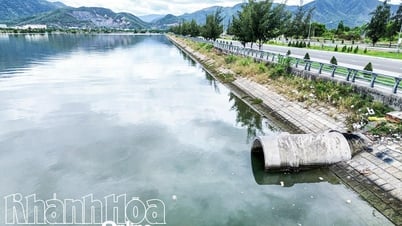



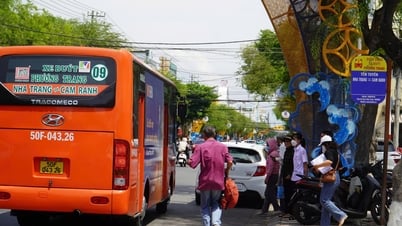






![[Maritime News] Wan Hai Lines invests $150 million to buy 48,000 containers](https://vphoto.vietnam.vn/thumb/402x226/vietnam/resource/IMAGE/2025/6/20/c945a62aff624b4bb5c25e67e9bcc1cb)


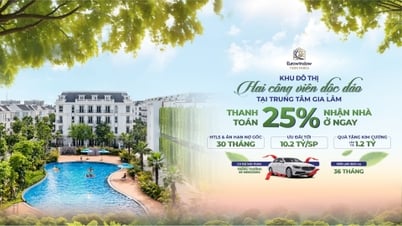



























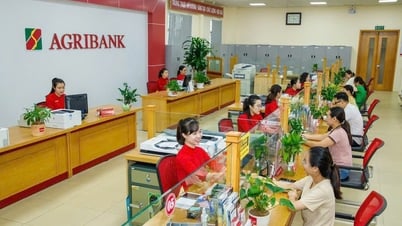













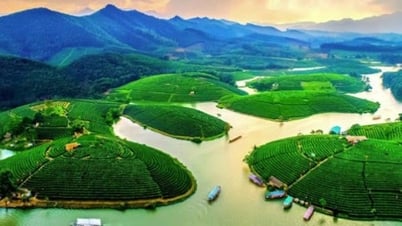
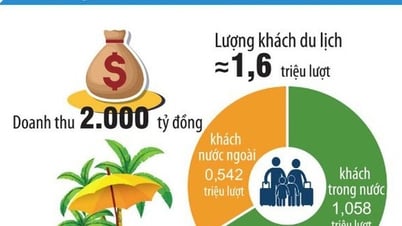
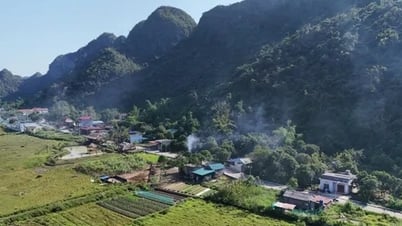
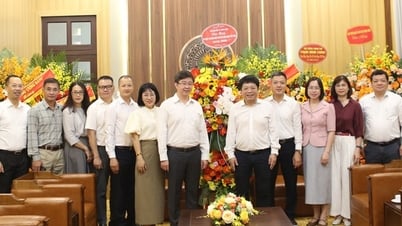






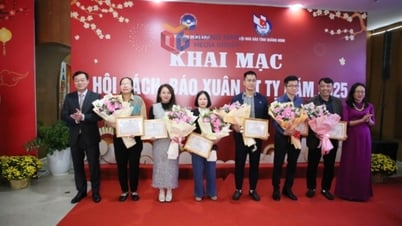

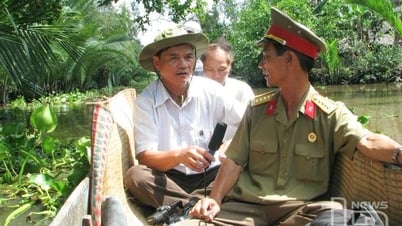













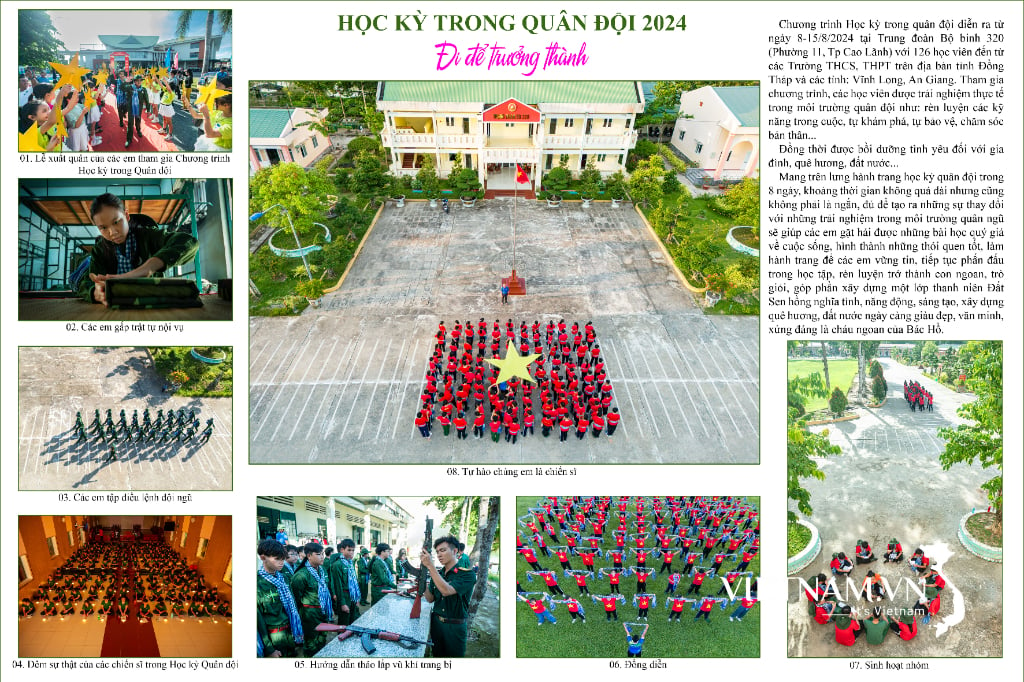


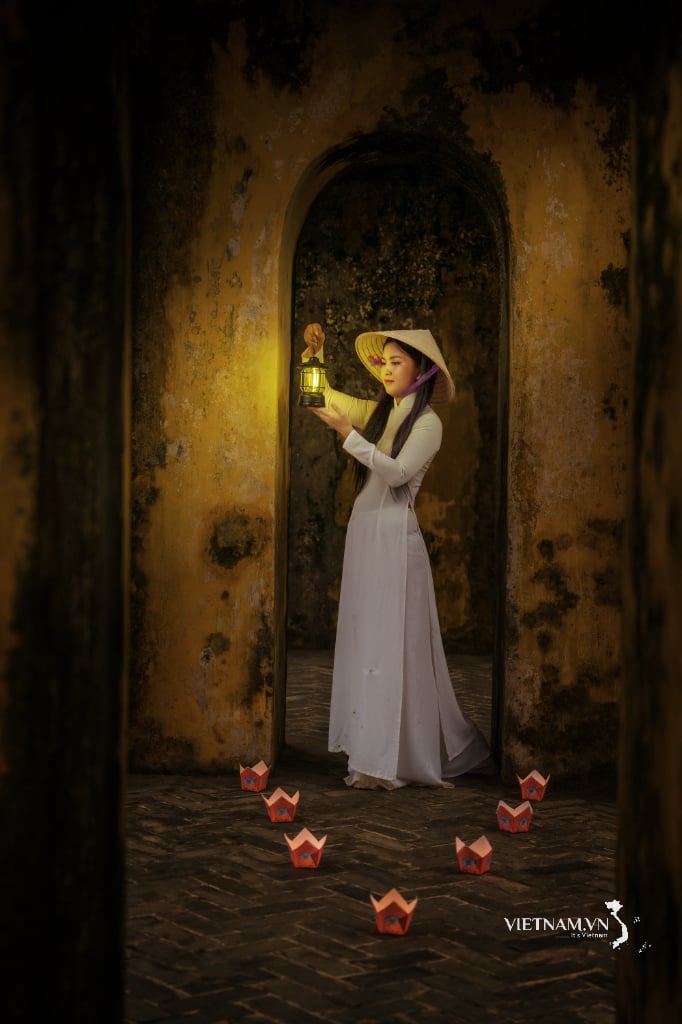
Comment (0)